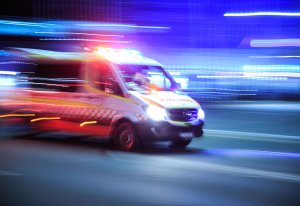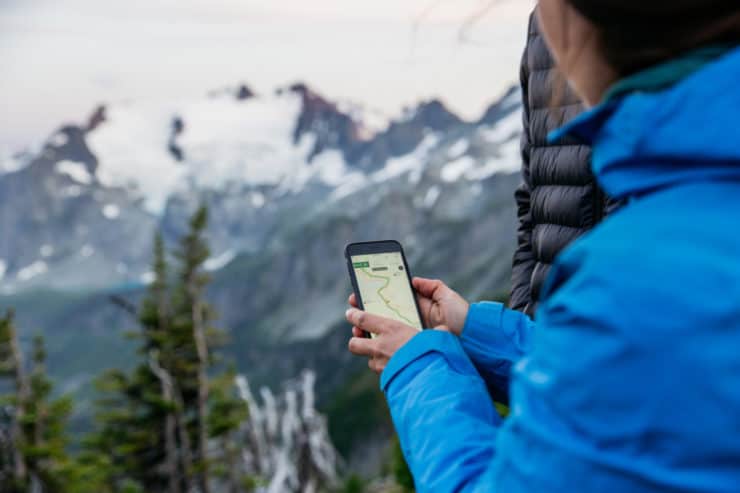BUSTING MYTHS ABOUT CALLING 000
There has long been a belief that calling 112 when you are lost, even without a signal, your call will go through to emergency services. This is completely not true. So let’s go back and have a little history lesson.
Before 2002, you needed to dial 112 if your network (say Optus) didn’t have reception, but another network (say Telstra) did. However, any phone made after 2002 will allow you to call 000 and as long as there is reception there from a network provider, you’ll be put through.

If there is no reception from anyone, you’ll not be able to call for help. In Australia, use 000. 112 is an older system and now those calls are simply re-routed to 000. However, 112 is a number that can be called from any mobile phone, anywhere in the world and will connect you with the local 000 equivalent. Little side note: 112 does not use satellites to call the mobile network.
You cannot SMS to either 000 or 112. Although 106 is the text relay service, it is connected to TTY equipment on a landline only. You can’t contact the Australian emergency services through an SMS. There is no advantage to dialling 112 over Triple Zero (000). Calls to 112 do not go to the head of the queue for emergency services.
Don’t forget …
That, emergency calls to the Triple Zero Emergency Call Service can be made without charge to the caller, whether the service is active, suspended, disconnected (only applicable to a Public Mobile Telephone Service) or out of credit for a pre-paid service.
So to make it simple – if there is no mobile coverage on any network, you will not be able to reach the Emergency Call Service via a mobile phone, regardless of which number you dialled.
To get the word from the horses mouth (so to speak), here is a link to the Australian Government website on emergency numbers. Click here.

Triple zero (000) should be called only when you need police, fire or ambulance. Always call triple zero if there is a threat to life or property.
When you call triple zero, Telstra will ask: police, fire or ambulance?
If you are calling from a mobile phone, you will then be asked: Which state are you calling from?
Your call will then be connected to a triple zero operator who will help you.
The operator will need two pieces of information:
- the address where you need police, fire or ambulance to come
- exactly what is happening.
The call-taker will then ask you a series of questions in order to gather as much information as possible and organise the appropriate help. This will not delay an emergency response.
It is aimed at ensuring the responders have all the information they need to provide the best care they can.
For an interesting post on making your own scroggin / trail mix, click here.


Recent Comments